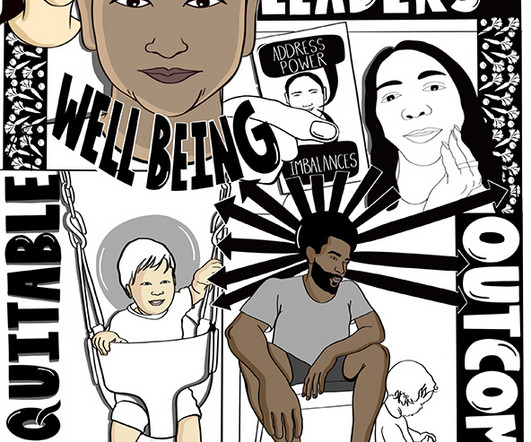Who’s Responsible for A Nonprofit’s Culture of Philanthropy?
Bloomerang
MAY 17, 2021
If you’re a fundraiser bemoaning the lack of your nonprofit’s culture of philanthropy , you don’t get off that easily. . Because you are the one person, or one department, actually charged with living and breathing philanthropy on a daily basis. You are the philanthropy facilitator. . You’re part of the problem.















Let's personalize your content